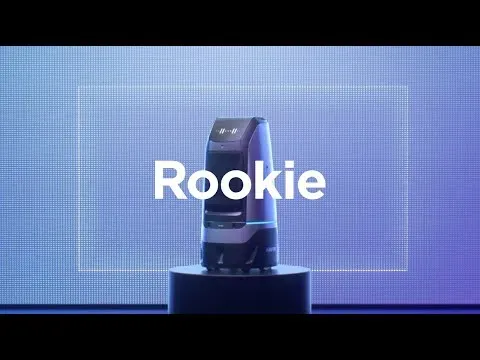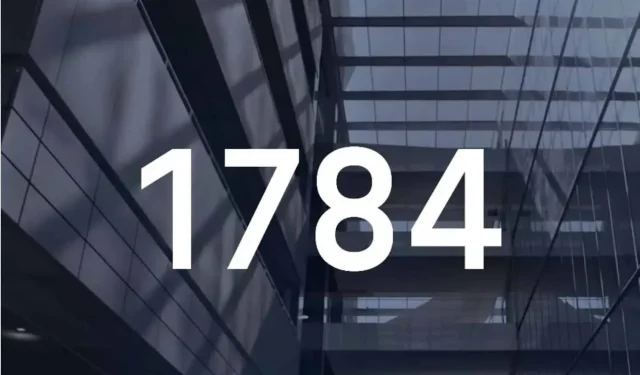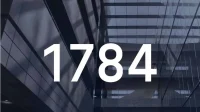NAVER is testing a state-of-the-art human-robot environment in its 1784 building. An experiment that can teach us a lot.
NAVER, South Korea’s leading search engine, is transforming its 1784 building into an environment where “humans work in harmony with robots “. The goal is to have 100 robots that autonomously evolve in a building to provide various services to employees. 1784 is the year of the beginning of the industrial revolution.
NAVER is testing a state-of-the-art human robot environment in its 1784 building.
The ROOKIE robot will be the main platform for this experiment. The robots will even have their own reserved elevator to move quickly through the floors. They will also be “mindless”, which means they will be managed by ARC, centralized artificial intelligence through a dedicated 5G network, and all will be managed by NAVER Cloud.

ARC stands for Ai Robot Cloud and integrates artificial intelligence software, low latency network and cloud computing resources. For example, artificial intelligence includes the ARC eyes and brain, two vital neural networks that help control robots. They use ARC’s eyes to know where they are and find the best path to their destination. No need for GPS.
This architecture is the opposite of the “edge AI”used by others. With Edge AI, the robot has its own computing platform and does not need constant access to the network. Thanks to the centralization implemented by NAVER, software updates and additional improvements have become much easier, which is very important during the testing phase. In addition, the kit can harness the denser computing power of a data center and make robots more efficient both in terms of cost and autonomy.
NAVER has even developed a “digital twin”to facilitate the development of its artificial intelligence. Digital twins are virtual 3D worlds that replicate the physical environment in which robots operate. In these worlds, robots can learn and test quickly and safely. Several scenarios can be considered, and it is even possible to run simulations much faster than in the real world.
An experiment that can teach us a lot
In addition to robots, the CLOVA FaceSign device can identify employees moving around the building, even if they are wearing masks. NAVER even envisions conducting AI-powered medical examinations and other non-contact detailed findings based solely on video captured by cameras. From a privacy standpoint, it would be interesting to see how employees react to this.
The 1784 building was thought and designed with the very best in technology and trends, especially after the pandemic. For example, each floor has its own ventilation and air conditioning system so that possible pathogens do not spread between floors. And for the sake of comfort, the building has its own fully equipped clinic.
Its double-layer façade and radiant cooling ensure very high energy efficiency, which is especially beneficial in the hot summers that plague the country.
This project is a very promising giant experiment. What services can robots offer in such an environment? Will performance be increased? What about the well-being of field staff? Hope we get answers soon.


